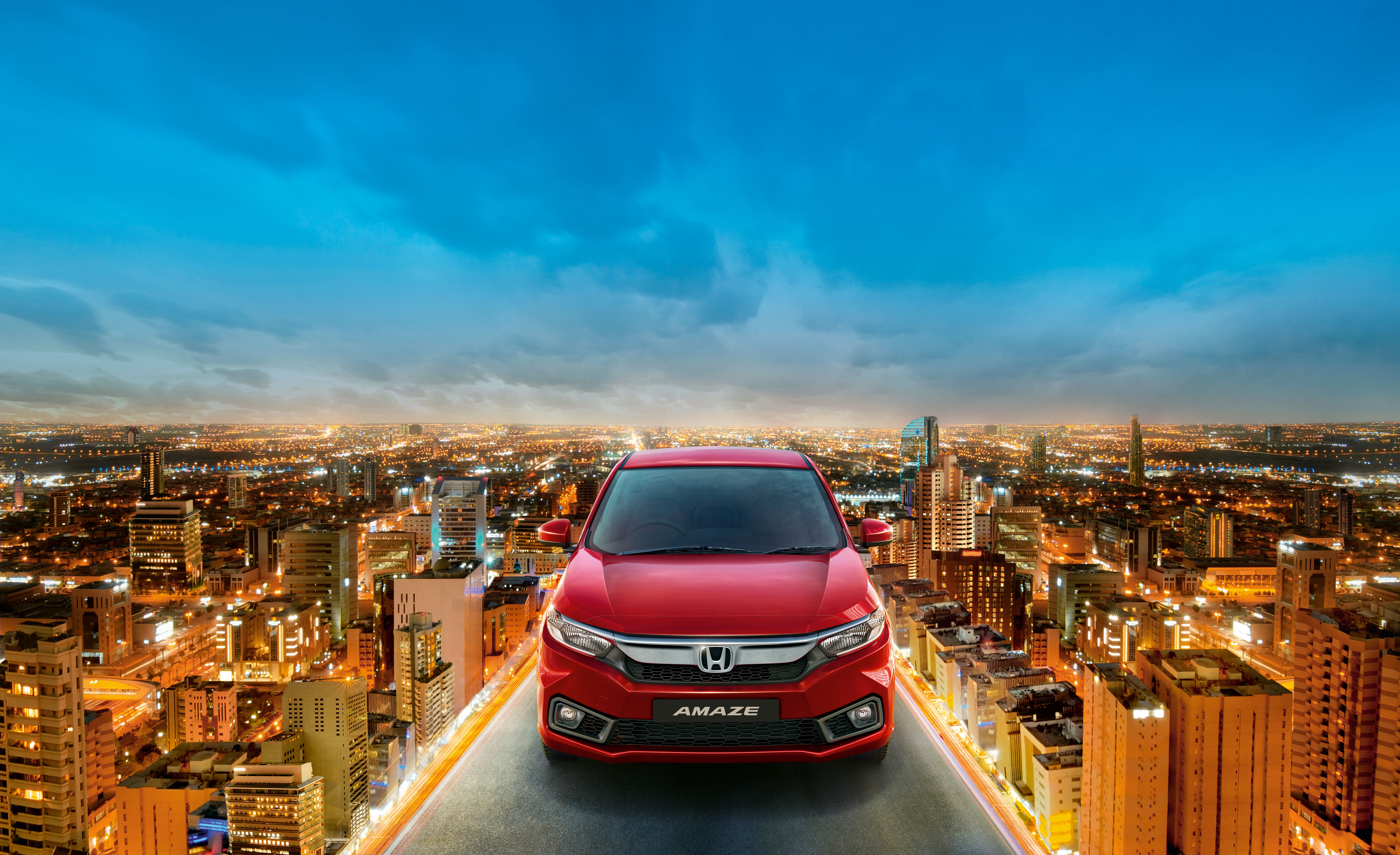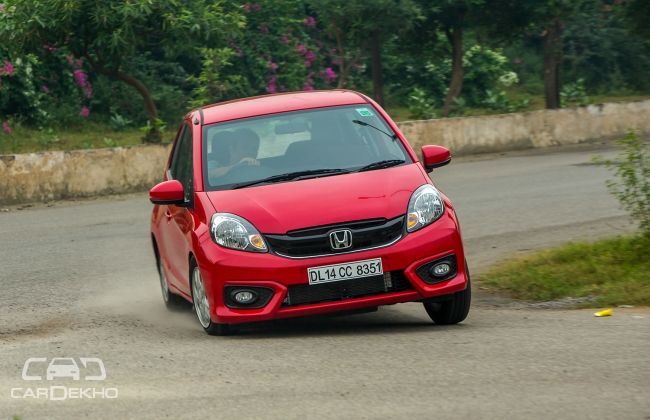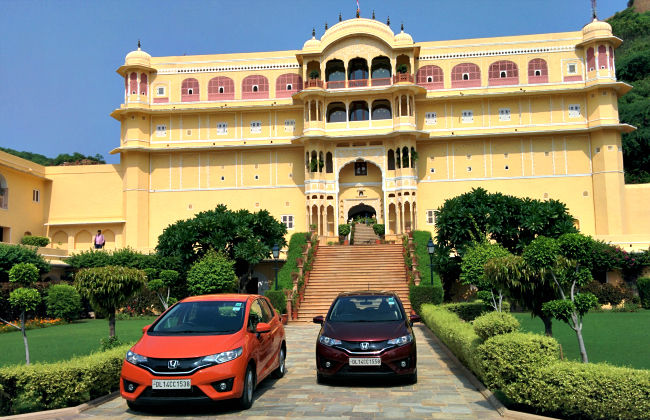How They Manufacture Honda Amaze
Modified On Jun 14, 2013 01:33 PM By Rajpal
- 3 Comments
- Write a comment
Honda Amaze, compact sedan or in Honda’s language ‘Smart Micro Limousine’, has become a hot-favorite car in India in a very short span of time. India received it warmly and booked over 22,000 cars in the very first month- making a record in itself.

The Amaze carries the Honda DNA; it is stunning, premium, spacious, efficient and a true performer. And when we got a chance to visit Honda Amaze assembly line at Honda’s state-of-art center in Greater Noida, we couldn’t resist ourselves.

Step into the premise and you will know that how serious is Honda for the environment, there is no factory like feeling outside the plant, there is a wide open area in the front, where a green scenario welcomes you.

The Greater Noida plant was the first facility of Honda in India, which was set up back in 1997. The green field project is spread across 150 acres and has an annual production capacity of 120,000 units.

The company’s product range includes Honda Brio, Honda Amaze, Honda City, Honda Accord and Honda CR-V, which are produced at the Greater Noida facility.

Currently, the plant is working at its full capacity as a huge demand for the Amaze is coming in. Honda claims to produce around 5000 Amaze per month, while rest of the capacity is being used to produce Brio and City. They are mostly manufacturing the diesel version of the Amaze, which is more in demand.

There is only one production line and about 30 minutes are spent to assemble a car. It all starts with metal sheets, which get pressed and mold into body frame parts.

After it, General Welding Machine, which is an advanced welding system for joining body frame parts, weld all these different parts in a single body frame.

Then the body frame goes into the paint shop, where it with other parts get painted using inverted Ed dipping technique for better paint quality. Then the body frame gets in the assembly line, where it is attached to the chassis.

The next step is the engine, however engine parts like Crank, Cylinder, Pistons etc are manufactured at the Tapukara plant an then assembled at the Greater Noida facility.

Then the other parts like bumpers, seats, steering wheel, gear lever, gates, lights are fitted in the car. Once the car gets complete, it goes for the wheel balancing and alignment, and a test for lights and electronics. After this an expert takes the newly assembled car for a test run on a test track in the plant itself.

At the plant, 3800 employees work along with robots, Body Transfer Systems and a frictionless pallet conveyor, which combinedly reduces operator's fatigue . To fasten things lifters are also used between conveyors . Different components like engine, doors, wind shields are carried through these conveyors.

Honda is known for their efficiency and safety standards, and at the plant you can witness both these qualities. Safety is the biggest concern for HCIL and they ensure this at every level. HCIL’s Slogan is “Production Must But Safety First”, which is the reason why they don't run behind numbers.

Considering apex guidelines each department has formulated its own procedures, Operating Procedure Standards (OPS)/ (OCP) Operational Control Procedures are in place for safe work practice at workplace.

There are more than 250 OCP/OPS related to occupational health and Safety at workplace. Manpower at HCIL is made aware and trained about the safety requirements of the process. Risk assessment of each process is done in details. In all 2918 Nos. of risk assessment are carried out.
There are some safety equipment and procedures, which are being used at the plant
* Dual safety through fence & machine interlocked sensors
* Safety sensors that stop robot operation in case of breach of safety fence
* Flash sensors for detection of fire / flash over
* Photo sensors for stopping paint shop robot operation in case of safety breach
* HCIL has in all 26 apex level procedures related to occupational health and safety











